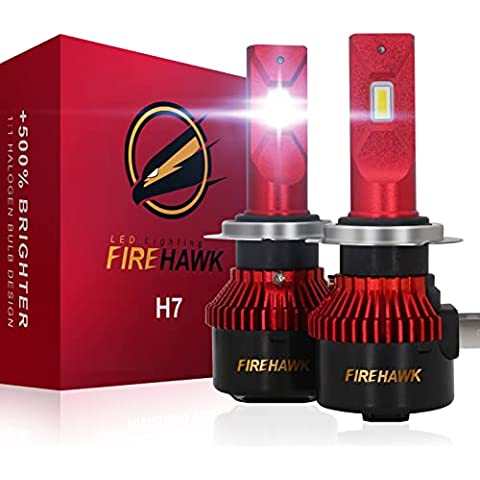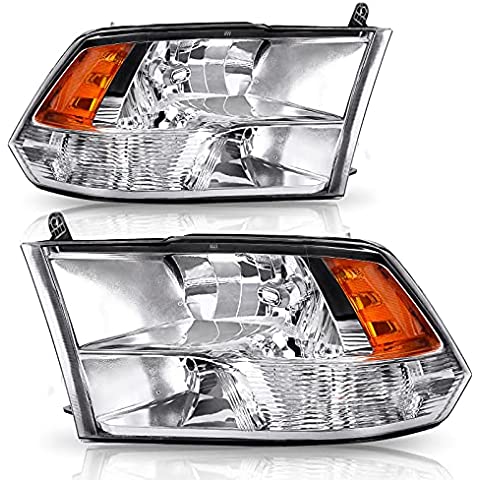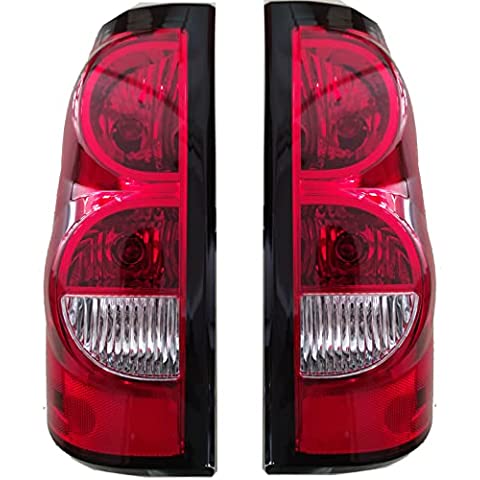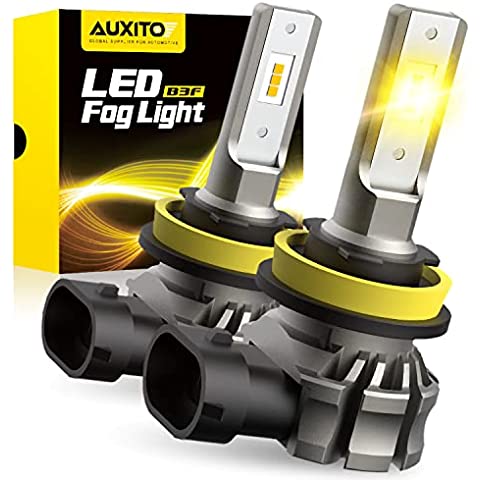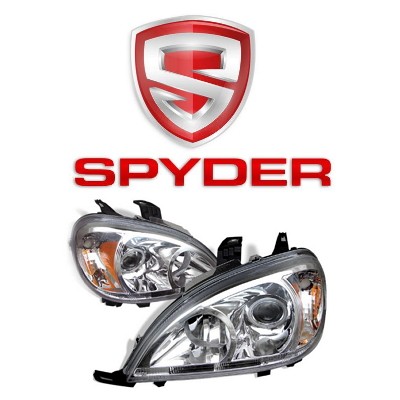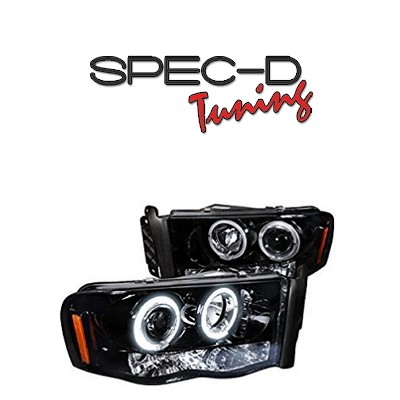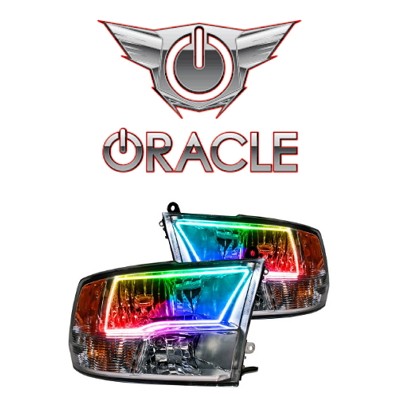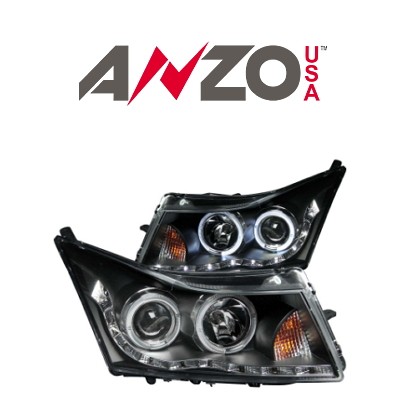Tail Light Assemblies
Aftermarket tail lights are a popular choice for car, truck, and SUV owners looking to upgrade or customize the look of their vehicles. These lights are designed to replace factory tail lights and are available in a wide range of styles and designs. Some popular options include LED tail lights, which offer increased visibility and a modern look, and Euro-style tail lights, which feature a sleek, streamlined design. Some aftermarket tail lights also come with additional features such as built-in turn signals, brake lights, and reverse lights, making them a great choice for those looking to improve the functionality of their vehicle’s lighting system.

Tail Light Assembly Set For 2004-2012 Chevy Colorado GMC Canyon Left and Right

Tail Light For 2009-2013 Infiniti G37 Driver and Passenger Side Set of 2

LED Tail Lights for Honda Civic 11th Gen 2022-2026 Sedan V2 Rear Lamps Assembly

Smoked Tail Lights for 4th Gen Dodge Ram 1500 2500 3500 2009-2018 LED Rear Light
Additionally, aftermarket tail lights can be made in different colors, materials, and shapes which allows the vehicle owner to personalize their car, truck, or SUV to their liking. It is important to note that aftermarket lights may require additional wiring or modifications to be installed and in some cases, may not be legal in all states or countries. Also, it is important to make sure the lights you are purchasing are compliant with the standards and regulations of your country and/or state.
Why buy aftermarket tail lights?
There are several reasons why someone might choose to buy aftermarket tail lights for their vehicle:
- Appearance: Some people might choose aftermarket tail lights to give their vehicle a more unique or personalized look.
- Functionality: Aftermarket tail lights might have additional features, such as LED lighting or special lighting patterns, that are not available on factory tail lights.
- Replacement: If a person’s factory tail lights are damaged or not functioning properly, they may choose to replace them with aftermarket tail lights.
- Cost: Aftermarket tail lights may be less expensive than factory tail lights, especially if the factory tail lights are no longer in production.
What are the most popular types of aftermarket tail lights?
There are several types of aftermarket tail lights that are popular among car owners:
LED tail lights: LED (light-emitting diode) tail lights are popular because they are bright, energy-efficient, and long-lasting.
Euro tail lights: Euro tail lights, which are popular on European-style vehicles, have a distinctive, angular appearance that is different from traditional round tail lights.
Altezza tail lights: Altezza tail lights, which are also known as “clear lens” tail lights, have a clear outer lens that covers the red brake lights and amber turn signals.
Blackout tail lights: Blackout tail lights are designed to give a vehicle a more aggressive, sporty look by eliminating the red or amber elements of the tail light and replacing them with black or dark-tinted lenses.
Fiber optic tail lights: Fiber optic tail lights use thin strands of fiber optic material to create a glowing effect. They are available in a variety of colors and can be used to create custom lighting patterns.
How to select the tail lights for a particular vehicle
Here are some factors to consider when selecting the tail lights for a particular vehicle:
- Compatibility: Make sure the tail lights you choose are compatible with your vehicle’s make, model, and year. Some tail lights are designed to be direct replacements for factory tail lights, while others require modifications to fit properly.
- Quality: Choose tail lights that are made from high-quality materials and have a good reputation for durability and reliability.
- Legal requirements: Check the laws in your state or country to make sure the tail lights you are considering are legal. Some aftermarket tail lights may not meet the required standards for road use.
- Personal preference: Consider your personal style and what look you are trying to achieve with your tail lights. Do you want something that is subtle and understated or something that will make a bold statement?
- Price: Consider your budget when selecting tail lights. While you don’t want to sacrifice quality, you may also want to find a balance between cost and performance.
How to install aftermarket tail lights? Instructions and tips
Installing aftermarket tail lights is a relatively straightforward process, but it is important to follow the instructions carefully and take necessary precautions to ensure a safe and successful installation. Here are some general tips for installing aftermarket tail lights:
- Follow the instructions provided by the manufacturer of the tail lights. These instructions will be specific to the tail lights you are installing and will include any necessary precautions or special considerations.
- Make sure your vehicle is off and the key is removed from the ignition.
- Locate the tail light assembly and remove it according to the instructions provided. This may involve removing fasteners or releasing clips.
Disconnect the wiring harness from the factory tail light. - Connect the wiring harness from the aftermarket tail light to the wiring harness from the vehicle. If the connectors are not compatible, you may need to use splice connectors or wire tap connectors to connect the wires.
- Test the tail light to make sure it is functioning properly.
- Repeat the process for the other tail light.
- If the aftermarket tail lights require modifications to the vehicle (such as drilling or cutting), make sure you have the necessary tools and follow the instructions carefully.
- If you are not comfortable with the installation process, consider having a professional mechanic install the tail lights for you.
 Steven is a certified mechanic and technical writer at Halo Headlights. Steven is excited about fast cars, loud music, and car mods. On yearly basis, he visits SEMA, as well as other car shows.
Steven is a certified mechanic and technical writer at Halo Headlights. Steven is excited about fast cars, loud music, and car mods. On yearly basis, he visits SEMA, as well as other car shows.
He has installed thousands of HID and LED kits and done hundreds of custom headlight retrofit projects. Besides, he is an editor and author of multiple car-related articles on Wikipedia. Here is one of them: Automotive Lighting. Now, he is ready to share his experience with Halo-Headlights.com readers.

